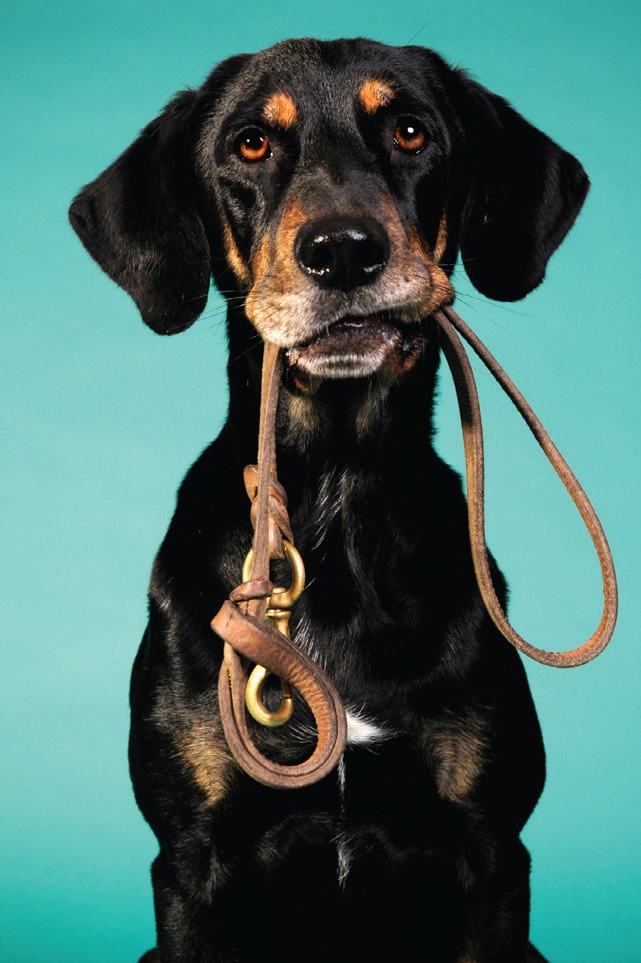Enforcing the leash law
Peter A. Oglevie | TLT Shop Floor August 2010
Condition monitoring is like a responsible pet owner who makes sure his dog doesn’t leave unwelcome presents on the shop floor.

Urge management to view condition monitoring as a leash that prevents expensive equipment failures.
www.canstockphoto.com
My local police department is enforcing the leash law in an effort to force people to clean up their doggy dodo. Not a bad idea. In fact, knowing how to use the leash of condition monitoring can prevent the equivalent of shop floor dodo.
I remember two maintenance personnel who knew how to use that leash well. Brad, the maintenance supervisor, instructed Ron, the technician, to monitor the condition of the plant’s lubricants.
I worked with both men and learned a lot from them. My part in the operation was to monitor machine oils and specify lubricants for the entire operation. Their job was to take the information I supplied and direct their maintenance program for maximum results.
The problem came when two things happened. First, we ran into an economic downturn (much like today’s). Second, the plant manager retired.
The new plant manager soon put a choke collar on the maintenance budget. Unfortunately, Brad had to lay off Ron and endure cuts in the lubricants purchasing budget. It was purely a cost-savings measure directed from management.
Brad got discouraged and eventually left the company. I lost the business to a lower-priced oil company that didn’t care if condition reports were followed.
Later management replaced Brad with a man who either did not believe in condition monitoring or did not want to buck the system. He ignored oil condition reports leading to, you guessed it, failing pumps, sticking valves and oil on the floor.
The maintenance department’s budget initially went down but, of course, started to rise. The condition of the shop deteriorated further.
Two years later, parts rejection was up 200%-300%, delivery times were missed, and the shop floor was often unsafe for walking. Upper management finally stepped in and removed the plant manager.
Brad was called back to the plant. He called me and we restarted the condition monitoring program. A year later, the plant was back in shape. We had to make up for three years of neglect, but the costs of rejected parts were cut to our original levels, deliveries were back on time and the shop floor was oil free.
Meanwhile, Ron accepted a position as maintenance director in another plant and implemented a condition monitoring program. I got the business.
Lessons? Sometimes you’ll have a hard time convincing senior managers that a proper condition monitoring program saves bundles of money and a ton of headaches. Urge them to view the maintenance department as a profit center. Without a good program, scrap rates, machine downtime and delayed deliveries will take huge bites out of their profits.
When it comes to condition monitoring, know how to use the leash.
 Pete Oglevie is president of International Production Technologies in Port Washington, Wis. You can reach him at poglevie@wi.rr.com
Pete Oglevie is president of International Production Technologies in Port Washington, Wis. You can reach him at poglevie@wi.rr.com.